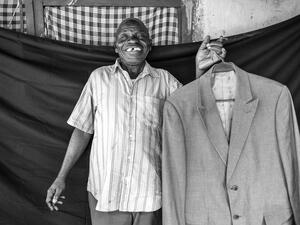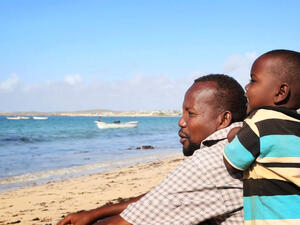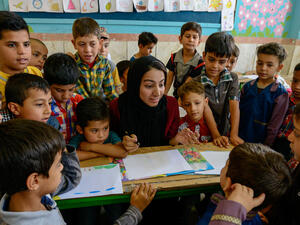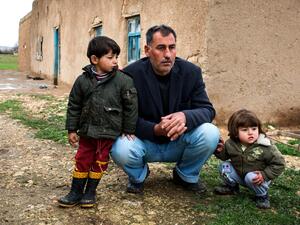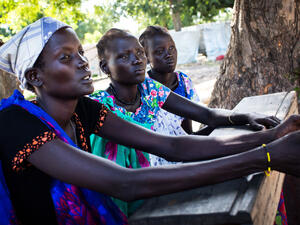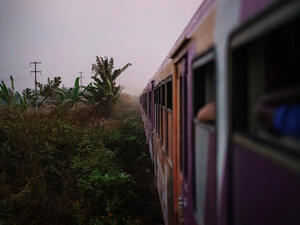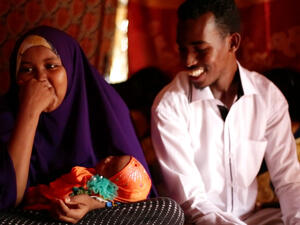Refugees Magazine Issue 134 (Dreams, Fears and Euphoria: The Long Road Home) - Editorial: "Where can I go?"
Refugees Magazine Issue 134 (Dreams, Fears and Euphoria: The Long Road Home) - Editorial: "Where can I go?"
When 23-year-old Mohan Raj Sumathi decided to return to her Sri Lankan homeland from exile in India, she almost paid for the decision with her life.
The flimsy and illegal fishing boat that she, her husband, three-year-old daughter and other refugees were sailing in, capsized during a stormy crossing and tossed everyone into the sea.
None could swim, but they all eventually struggled ashore where Mohan said, "We lost everything except our lives, but many people kissed the land when we reached it. It feels good, very good to be back."
In the Horn of Africa, Mzilal Kidane Maasho and her husband waited for several decades before they, old and nearly blind, returned to Eritrea. "We thank God to have kept us this long to see this," they said at the time. "We have finally made it home."
Despite the perception in some, mainly industrialized countries, that untold and threatening hordes of refugees are headed their way, the vast majority of the estimated 50 million plus persons UNHCR has helped in more than five decades, in fact have restarted their lives in their ancestral homelands.
There are some - people who cannot go back for various reasons - who need assistance to begin again, either in countries where they first sought asylum or by permanently resettling in 'third' countries. This year's World Refugee Day will commemorate all of these various hopes and endeavours for the future under the theme 'A Place to Call Home.'
To be sure, even if refugees want to go home and conditions have changed sufficiently to allow them to try to return, the situation can be extremely difficult, as the various reports in this current special edition underline.
In Sudan, for instance, hundreds of thousands of civilians hope to go back to the south of the country shortly, while in the west large numbers of other Sudanese nationals have fled to neighbouring Chad as conflict continues in that region.
Infrastructures need to be rebuilt. Many so-called refugees were actually born in exile. In other words, they have never seen the 'home' they are returning to and life there may be even more difficult than in the cloistered confines of a camp. There are other deep social, economic, political and religious obstacles to overcome.
Despite these problems, there are encouraging signs that increasing numbers of uprooted people, including many in longtime crises such as Sudan, Angola and Afghanistan, are continuing to vote with their feet. One telling statistic is that at the beginning of the new millennium, the refugee agency was helping 500,000 people to restart their lives at home. By 2002, that figure had soared to around 2.5 million and the trend continued last year.
Supporting the refugees' personal wishes to return, development and humanitarian agencies such as UNHCR have also made strides in recent years to establish more relevant and progressive programmes to assist not only returnees, but also the communities to which they are going back.
New funds and new programmes will be needed to consolidate these gains but one thing is clear - with only the minimum of encouragement, the determination and resilience refugees have honed in exile will allow them to successfully re-establish their 'home' and restart their lives.
Source: Refugees Magazine Issue 134: "Dreams, Fears and Euphoria: The Long Road Home" (March 2004).



